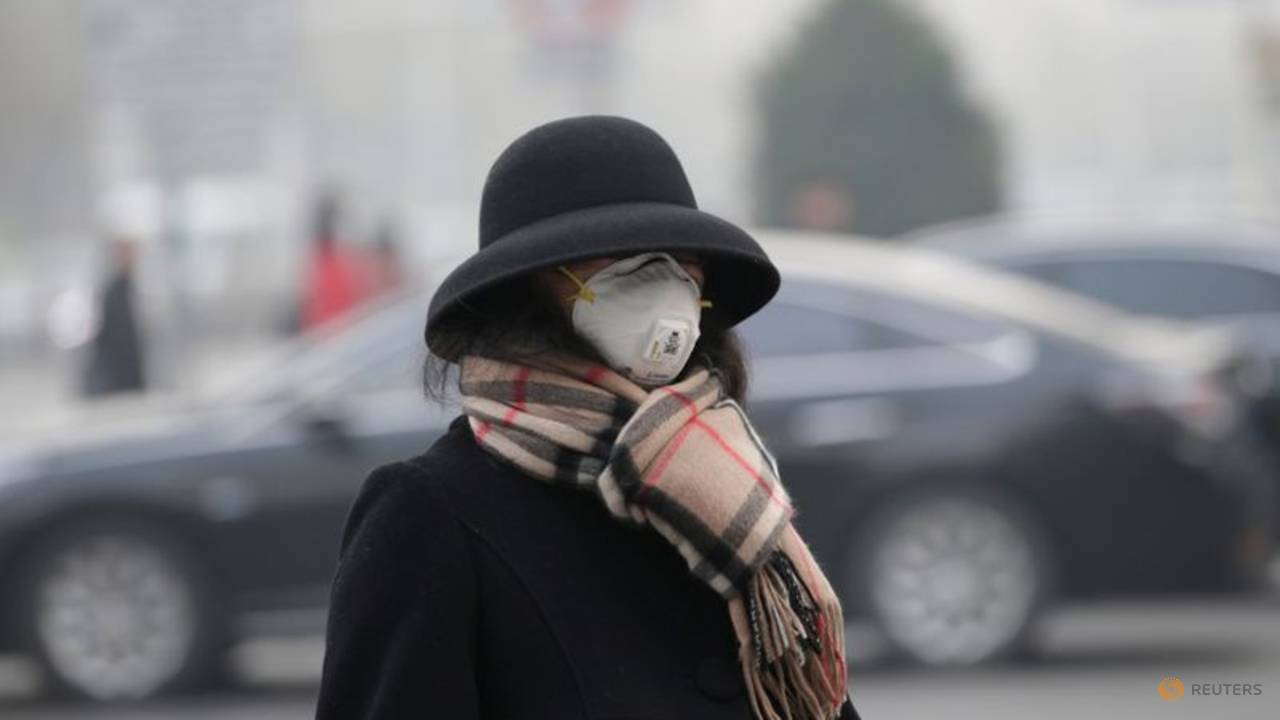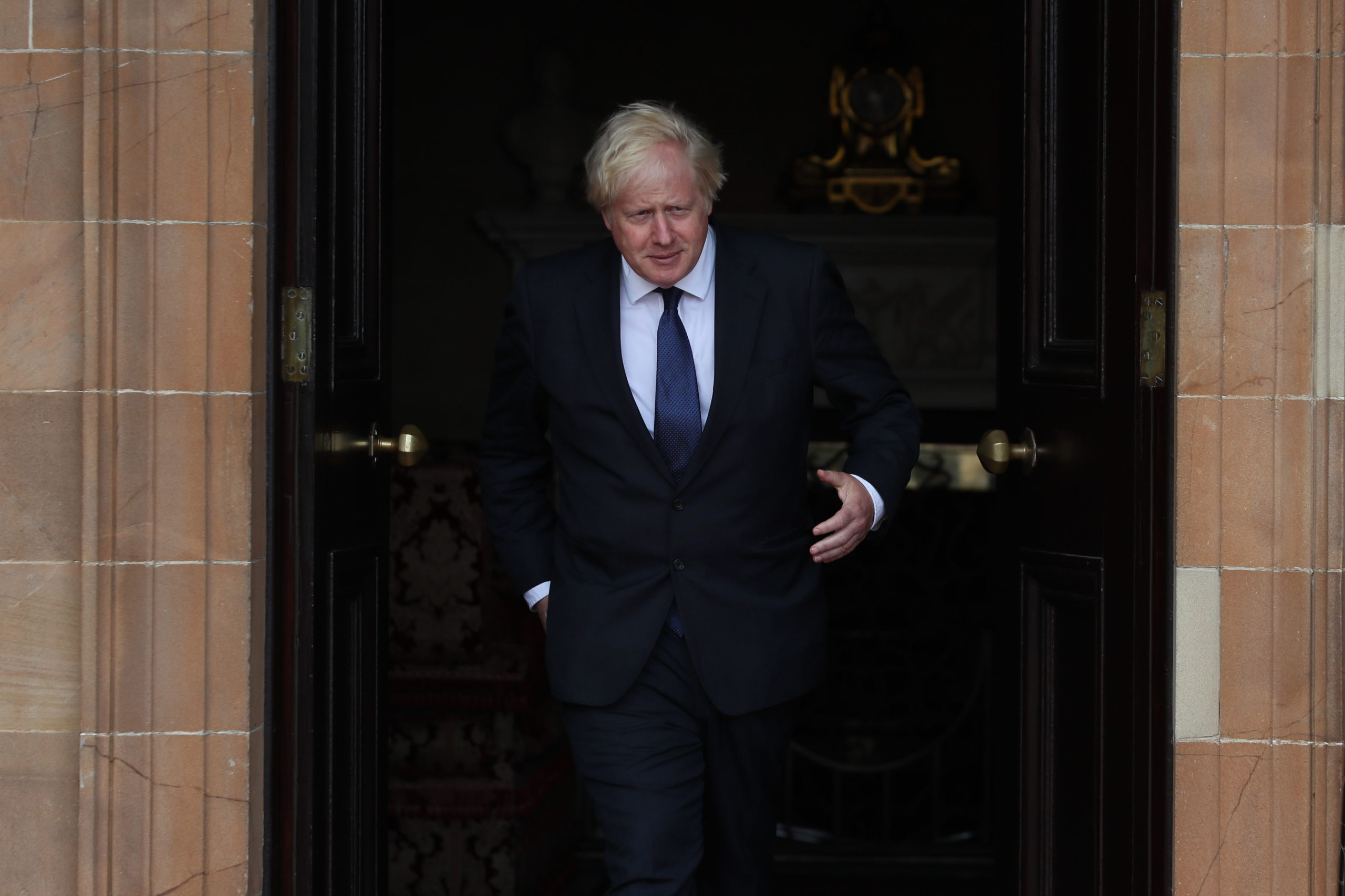
SHANGHAI: China saw average concentrations of lung-damaging airborne particles known as PM2.5 fall by 10.8 per cent from January to July as industry slowed because of the coronavirus, data showed on Friday (Aug 14), though levels were still well above World Health Organization (WHO) recommendations.
Average PM2.5 stood at 33 micrograms a cubic metre over the seven months, according to data collected from monitoring stations in more than 300 cities, the Ministry of Ecology and Environment said.
Advertisement
Advertisement
China's national standard is 35 micrograms, though the WHO recommends levels of no more than 10.
PM2.5 is caused by the burning of fossil fuels and other industrial processes and is associated with a range of health problems, including respiratory disease and cancer.
The environment ministry said the improvement in air quality throughout the country in February and March was "incomparable" after the government imposed lockdowns to prevent the spread of the coronavirus, which cut industrial activity and traffic.
But environmental groups have warned that China might turn a blind eye to industrial polluters and rely on energy-intensive processes to try to reverse the economic impact of the pandemic in the second half of the year.
Advertisement
Advertisement
READ: Commentary: COVID-19 is creating some awkward moments for the Chinese dream
"There was a temporary pollution increase in April but it quickly went down in May," said Li Shuo, senior energy and climate analyst with Greenpeace. "We need to see if July represents the beginning of a larger trend."
In July, average PM2.5 levels fell 5 per cent, but some regions saw a rebound. The capital, Beijing, saw average PM2.5 rise 10.8 per cent to 41 micrograms. The smog-prone Beijing-Tianjin-Hebei region as a whole Read More – Source

SHANGHAI: China saw average concentrations of lung-damaging airborne particles known as PM2.5 fall by 10.8 per cent from January to July as industry slowed because of the coronavirus, data showed on Friday (Aug 14), though levels were still well above World Health Organization (WHO) recommendations.
Average PM2.5 stood at 33 micrograms a cubic metre over the seven months, according to data collected from monitoring stations in more than 300 cities, the Ministry of Ecology and Environment said.
Advertisement
Advertisement
China's national standard is 35 micrograms, though the WHO recommends levels of no more than 10.
PM2.5 is caused by the burning of fossil fuels and other industrial processes and is associated with a range of health problems, including respiratory disease and cancer.
The environment ministry said the improvement in air quality throughout the country in February and March was "incomparable" after the government imposed lockdowns to prevent the spread of the coronavirus, which cut industrial activity and traffic.
But environmental groups have warned that China might turn a blind eye to industrial polluters and rely on energy-intensive processes to try to reverse the economic impact of the pandemic in the second half of the year.
Advertisement
Advertisement
READ: Commentary: COVID-19 is creating some awkward moments for the Chinese dream
"There was a temporary pollution increase in April but it quickly went down in May," said Li Shuo, senior energy and climate analyst with Greenpeace. "We need to see if July represents the beginning of a larger trend."
In July, average PM2.5 levels fell 5 per cent, but some regions saw a rebound. The capital, Beijing, saw average PM2.5 rise 10.8 per cent to 41 micrograms. The smog-prone Beijing-Tianjin-Hebei region as a whole Read More – Source












